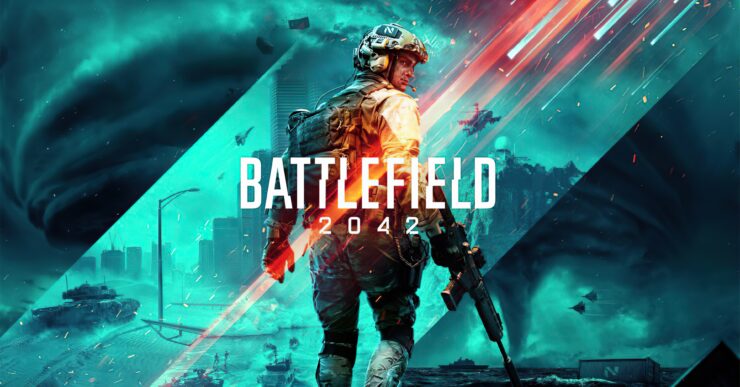
The Ascent teems. Its tiered alien megacity is one of the liveliest cyberpunk settings I've explored, always crawling with people and machines, whether you're massacring mutants in the sewers or gazing out from a boardroom window. Admittedly, it also teems with cliches and callouts to the usual canonical works: William Gibson's phrase "high tech, low life", which flickers on displays throughout like a sorcerer's incantation; Blade Runner's flourescent umbrella handles and melancholy synth score; pirouetting holostrippers from any number of seedy sci-fi saloons; an Oriental faction who worship honour and wield katanas. This is not one of your transgressive, norm-busting punk fictions – even Ruiner, its closest cousin, is a bolt from the blue by comparison. But what The Ascent's world lacks in imagination and bite it almost makes up for in scale and an exhaustive, model-maker's commitment to the fine details.
Take the shops. It's probably the lockdown talking, but I want to live in them. Seriously, you never saw such shops! Armouries fringed by spinning, wireframe weapons. Soylent-green pharmacies and 24 hour kiosks with the fading aura of an impending hangover. Fortified holes-in-the-wall staffed by philosophical robots. Open air markets of steam, textile and clanking metal. Each store is a delicate little treasure box, the lid peeling away when you step inside – neatly patterned with wares, like chips filling a circuit board. And how about that lighting? Polluted, gauzy, shifting, overwhelming. The arcology's hub districts are a battle royale of adboards and kanji fonts, a chaos of screens and reflections filtered through smog, the interweaving paths of delivery drones and the shuffling bodies of hundreds of weary NPCs. It's easy to get lost, even when following the breadcrumb trail laid out by the HUD, and I don't mind one bit. The Ascent's city is catnip for digital flâneurs. It craves to be idled in.
The elevated diagonal perspective does a lot of work here, producing a landscape of corners that split the setting into lush, contrasting arrangements of colours and textures. There's a base level of visual fascination to the way floor patterns and buildings map to, or tug against the axes of shooting and exploration suggested by the quasi-isometric viewpoint. The vertical city premise is a bit sleight-of-hand: the world is functionally a series of flat planes linked by loading transitions, one that doesn't even see the need for a jump button. But the game ably cultivates the impression of colossal depth. Chance gaps and reinforced glass floors offer giddy views of hovercars slicing through disorderly canyons of tenements and factories, hundreds of metres beneath. Some of these depths can be accessed by elevator or floating platform – transitions reminiscent of Abe's Oddysee's fore-to-background shifts – but enormous effort has been spent bringing life to places that can't be reached. You'll spot showers of sparks from droids fixing the flanks of walkways, and balconies stuffed with party-goers, just above the navigable plane.



